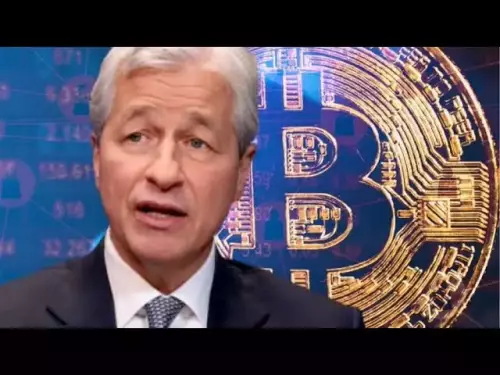-
 bitcoin
bitcoin $114684.631706 USD
-0.87% -
 ethereum
ethereum $4228.677447 USD
1.58% -
 bnb
bnb $1294.880693 USD
-1.16% -
 tether
tether $1.000819 USD
-0.02% -
 xrp
xrp $2.605138 USD
2.79% -
 solana
solana $209.908690 USD
5.89% -
 usd-coin
usd-coin $0.999903 USD
-0.03% -
 dogecoin
dogecoin $0.213423 USD
2.93% -
 tron
tron $0.322721 USD
-0.10% -
 cardano
cardano $0.727247 USD
3.66% -
 hyperliquid
hyperliquid $42.339456 USD
6.05% -
 chainlink
chainlink $19.910811 USD
5.16% -
 ethena-usde
ethena-usde $1.000557 USD
0.00% -
 stellar
stellar $0.349734 USD
2.69% -
 bitcoin-cash
bitcoin-cash $543.848687 USD
-0.21%
Why did my transaction fail on Coinbase?
Failed transactions on Coinbase often stem from insufficient funds, low network fees, incorrect addresses, or security blocks—always verify balances, fees, and settings before sending.
Oct 10, 2025 at 08:36 am
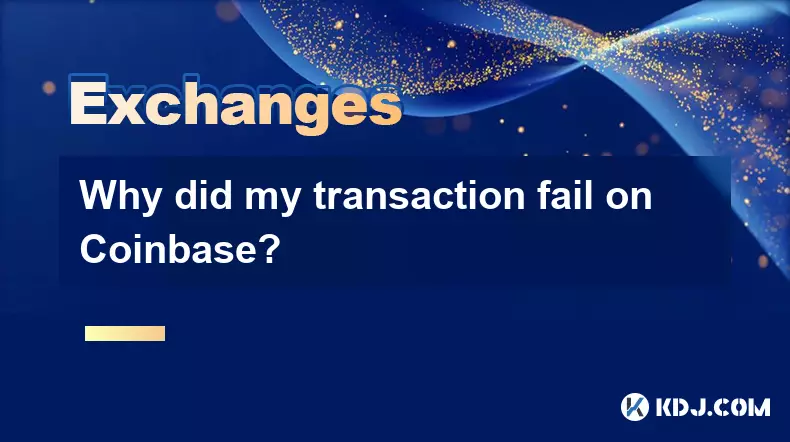
Common Reasons for Transaction Failures on Coinbase
1. Insufficient funds in your wallet can cause a transaction to fail. Always verify that your account holds enough balance to cover both the transfer amount and associated network fees.
2. Network congestion on blockchains like Ethereum or Bitcoin may delay or reject transactions. High traffic increases competition for block space, leading to dropped transactions if fees are too low.
Coinbase systems automatically cancel transactions stuck in mempool for extended periods due to low gas prices.3. Incorrect recipient address entry results in irreversible failure. Even a single character mismatch prevents successful completion and may lead to permanent loss of funds.
4. Temporary service outages or maintenance on Coinbase platforms disrupt transaction processing. These interruptions affect both internal transfers and external blockchain interactions.
5. Security protocols such as two-factor authentication (2FA) failures or suspicious activity detection can halt transactions. Ensure your device is verified and 2FA methods are functioning correctly.
Role of Network Fees in Transaction Success
1. Transactions with below-market gas fees often remain unconfirmed. Miners prioritize higher-paying transactions, leaving low-fee ones stranded indefinitely.
2. Coinbase estimates required fees based on current network conditions. Manually adjusting fees isn't allowed on the platform, so failed transactions might stem from sudden spikes in demand.
If the estimated fee at submission becomes insufficient by the time miners process it, the transaction fails.3. Ethereum-based tokens require ETH for gas, even when sending non-ETH assets. Lack of ETH in the wallet leads to automatic failure regardless of token balance.
4. Bitcoin transactions rely on satoshi-per-byte pricing. Larger transaction sizes need higher fees; using legacy addresses instead of SegWit increases size and cost.
5. Fee volatility during peak hours impacts success rates. A fee sufficient at noon may be inadequate an hour later due to increased network load.
User Actions That Trigger Transaction Errors
1. Attempting to send funds before completing identity verification limits transaction capabilities. Unverified accounts face strict withdrawal caps and rejection beyond those thresholds.
2. Exceeding daily trading or withdrawal limits set by Coinbase causes automatic decline. These limits vary based on account level and region-specific regulations.
Rapid consecutive transactions may trigger anti-bot measures, flagging activity as abnormal and blocking execution.3. Using unsupported cryptocurrencies for withdrawals results in failure. Not all ERC-20 tokens are enabled on Coinbase, and attempting to withdraw them incurs errors.
4. Copy-paste mistakes when entering destination addresses introduce invalid characters or formats incompatible with blockchain standards.
5. Leaving transactions pending for long durations without confirmation prompts Coinbase to invalidate them after a timeout period to prevent indefinite hanging states.
Frequently Asked Questions
Why does my transaction show 'Failed' but still deduct funds?Coinbase reverses deducted amounts when a transaction fails. The initial deduction is temporary, reflecting pending status until confirmation or rollback occurs within minutes to hours.
Can I retry a failed transaction on Coinbase?You can manually initiate a new transaction after identifying the root cause. Failed attempts don’t auto-retry, requiring user intervention to resubmit with corrected parameters.
Do failed transactions consume gas fees?If the transaction never confirmed on-chain, no gas is burned. However, Coinbase may apply a small internal processing fee depending on error type and asset involved.
How do I check real-time network conditions before sending?Third-party tools like Etherscan for Ethereum or Blockchain.com for Bitcoin provide live fee estimators and congestion data. Monitoring these helps anticipate potential issues prior to initiating transfers.
Disclaimer:info@kdj.com
The information provided is not trading advice. kdj.com does not assume any responsibility for any investments made based on the information provided in this article. Cryptocurrencies are highly volatile and it is highly recommended that you invest with caution after thorough research!
If you believe that the content used on this website infringes your copyright, please contact us immediately (info@kdj.com) and we will delete it promptly.
- XRP Price Prediction: Weekend Rollercoaster or Rally?
- 2025-10-12 08:45:16
- Bittensor (TAO): Super Bullish Signals Point to Potential 2x Rally
- 2025-10-11 10:25:12
- Silver Price Correction: Navigating the Dip & Identifying Key SEO Keywords
- 2025-10-11 10:25:12
- Decoding Crypto Trends: Bittensor's Bull Run, Cardano's Dip, and LivLive's Presale Buzz in 'Uptober 2025'
- 2025-10-12 08:45:16
- MoonBull: The Crypto Meme Coin Promising 1000x Gains?
- 2025-10-11 10:30:01
- Crypto Payroll Revolution: Stablecoins, Altcoins, and the Future of Salary Payments
- 2025-10-11 10:30:01
Related knowledge
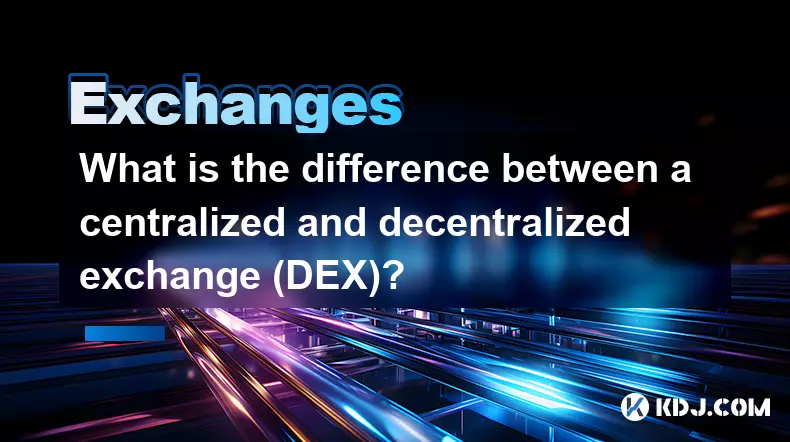
What is the difference between a centralized and decentralized exchange (DEX)?
Oct 14,2025 at 09:37am
Understanding Centralized Exchanges1. Centralized exchanges, commonly referred to as CEXs, operate under a traditional financial model where a central...
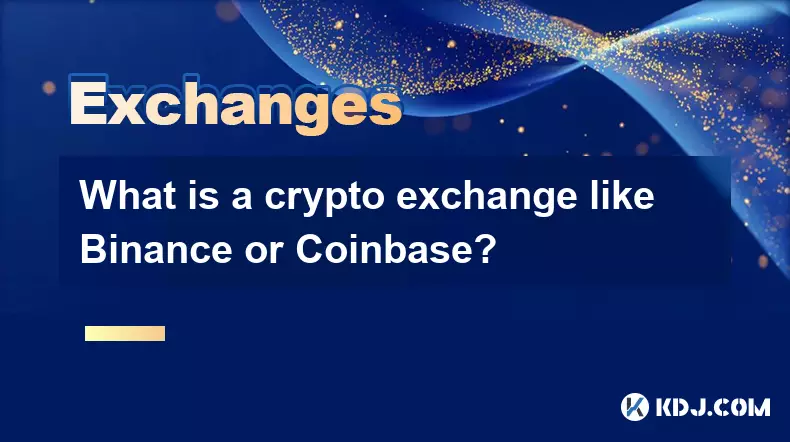
What is a crypto exchange like Binance or Coinbase?
Oct 13,2025 at 09:01pm
Bitcoin's Role in Decentralized Finance1. Bitcoin remains the cornerstone of decentralized finance, serving as a primary store of value within the cry...

How do I change the currency display in the Binance app?
Oct 10,2025 at 11:36am
Changing Currency Display in the Binance App1. Open the Binance app on your mobile device and log into your account. Navigate to the home screen where...
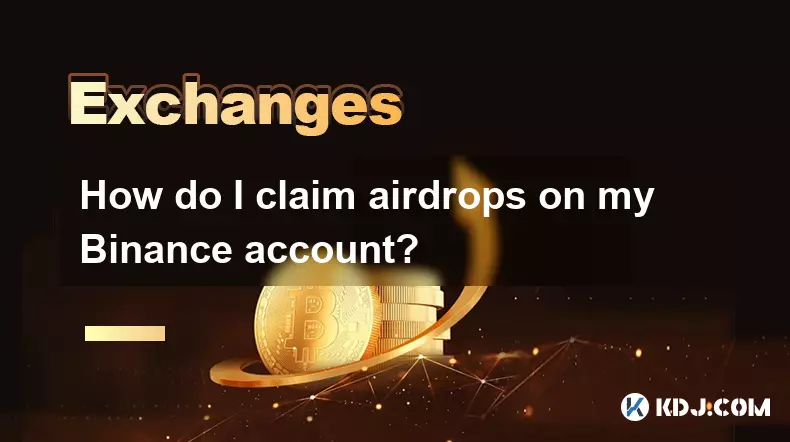
How do I claim airdrops on my Binance account?
Oct 14,2025 at 12:00am
Understanding Airdrop Mechanics on Binance1. Airdrops on Binance are promotional distributions of free tokens or coins conducted by blockchain project...

How to clear the cache for the Binance app?
Oct 12,2025 at 02:55pm
Understanding Decentralized Exchanges in the Crypto Ecosystem1. Decentralized exchanges (DEXs) operate without a central authority, allowing users to ...
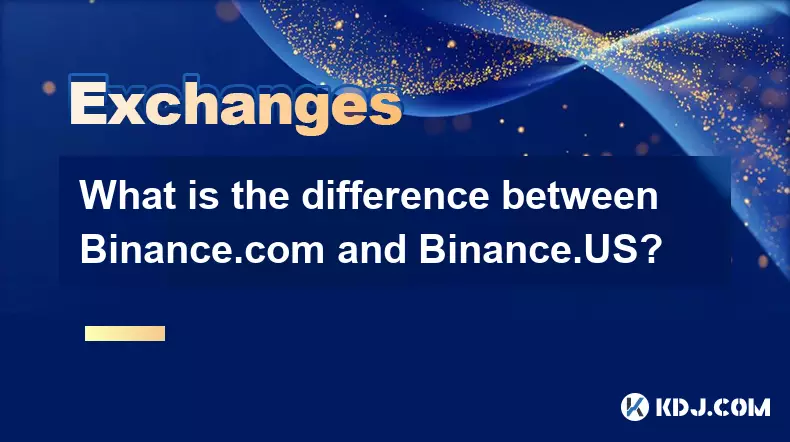
What is the difference between Binance.com and Binance.US?
Oct 14,2025 at 06:18am
Binance.com vs Binance.US: Regulatory Frameworks and Jurisdiction1. Binance.com operates as a global cryptocurrency exchange, serving users in numerou...

What is the difference between a centralized and decentralized exchange (DEX)?
Oct 14,2025 at 09:37am
Understanding Centralized Exchanges1. Centralized exchanges, commonly referred to as CEXs, operate under a traditional financial model where a central...

What is a crypto exchange like Binance or Coinbase?
Oct 13,2025 at 09:01pm
Bitcoin's Role in Decentralized Finance1. Bitcoin remains the cornerstone of decentralized finance, serving as a primary store of value within the cry...

How do I change the currency display in the Binance app?
Oct 10,2025 at 11:36am
Changing Currency Display in the Binance App1. Open the Binance app on your mobile device and log into your account. Navigate to the home screen where...

How do I claim airdrops on my Binance account?
Oct 14,2025 at 12:00am
Understanding Airdrop Mechanics on Binance1. Airdrops on Binance are promotional distributions of free tokens or coins conducted by blockchain project...

How to clear the cache for the Binance app?
Oct 12,2025 at 02:55pm
Understanding Decentralized Exchanges in the Crypto Ecosystem1. Decentralized exchanges (DEXs) operate without a central authority, allowing users to ...

What is the difference between Binance.com and Binance.US?
Oct 14,2025 at 06:18am
Binance.com vs Binance.US: Regulatory Frameworks and Jurisdiction1. Binance.com operates as a global cryptocurrency exchange, serving users in numerou...
See all articles























